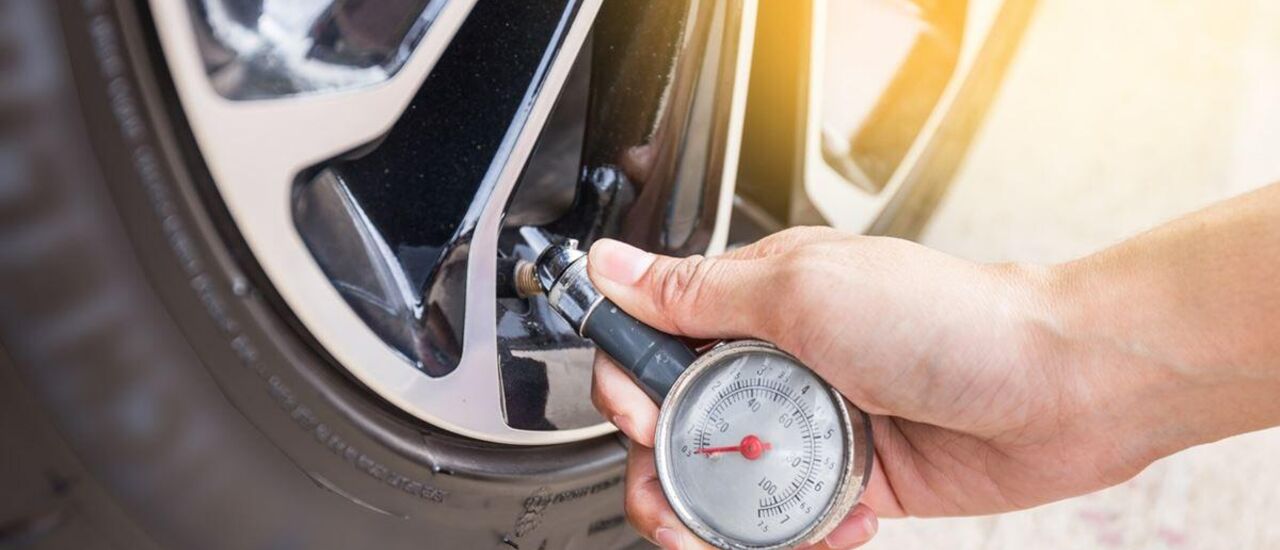
How to look after your car whilst it's not being used
With the government issuing advice to everyone to ‘stay at home’, and only use our vehicles for essential reasons, it means that many cars will be sat unmoved and untouched for some time potentially.
Though current social restrictions are likely to be in place for the foreseeable, it’s best not to leave your car to go to rack and ruin while it’s parked up. Some key touches can ensure that your car is in tip-top shape when you return to it.
Here’s how you can still look after your vehicle while it’s not being used…
Give it a clean, if safe to do so
If you hadn’t cleaned your car before parking it away for the foreseeable, it’s a good idea to do so. Particularly at this time of year when your car might have recently driven on salted roads, you should safely wash this off with a car shampoo mix while you’re not using it – preferably sooner rather than later – to prevent any rust developing as a result of that salt.
However, you should only do this if it’s safe to do so. For example, if you’re displaying symptoms of coronavirus (a new continuous cough and a high temperature) or have been around someone who has, you shouldn’t be washing your car. If you’re unable to observe social distancing and clean your car on private property, don’t wash your vehicle either. Also don’t make a special journey or take it somewhere to have it cleaned, if you’re unable to do so at home, as this is not an ‘essential’ reason for travel.
Check tyre pressures
It’s a good idea to go around and check the car’s tyre pressures prior to storing it away. It means you’re starting with a level playing field and should help to elongate the lifetime of each tyre too. To check what pressures you need, either look inside the fuel filler cap door or the vehicle handbook. To top them up either use a compressor (these can be purchased relatively cheaply online) or with a foot pump. Don’t make a special trip out to use an inflator elsewhere, though.
Consider leaving the battery on charge
Investing in a trickle charger could also be a good way to ensure your car’s battery is kept in the best shape possible. It helps to slowly add charge to the battery, and ensure that it isn’t depleted while the model is sat. They’re often used by those that have cars in storage and are great if you’re not looking to use your vehicle for an extended period of time.
However, only consider buying one if the car is undercover or kept in a garage, as you’ll need a close electricity source for the charger to work.
Start the car once or twice a week
If you’re not able to leave the battery on charge because of where the car is parked, you could consider disconnecting the battery, which would avoid it going flat.
Another option, though, is to start the car at least once a week just to keep the battery topped up and to ensure everything is still running smoothly. It’s not so important on new cars, but if you have an older model, it’s a good idea.
You should, again, only do this if the car is located on your driveway, and should NOT make a special journey to do this, as well as abide by self-distancing rules.
There is no need to move the car to do this, just ensure that the vehicle is not in gear and with the handbrake firmly on. Running your car for a short period won’t be able to drastically alter the amount of charge in a battery, but it’ll certainly help. Oh, and make sure you don’t leave the car while it’s running – stay with the vehicle at all times.
Check nothing is left running in the car
Either before you’ve stopped using the car, or after starting it once a week, make sure that nothing has been left running in or on the car. Sidelights and the radio are two of the most obvious examples, and ones that can quickly drain the battery. However, look out for auxiliary items too – sat-navs, for instance, can put a drain on the car. The last thing you want is to return to your car in a week’s time to find out that it needs jump starting.
Consider getting a car cover
If you’re wanting to take the best care of your car during this period, it’s worth investing in a cover to help protect your paintwork – especially if your car is parked under or near to a tree.
These can vary hugely in price, ranging from as little as £20 through to hundreds of pounds. The choice is up to you, just ensure you get the correct size cover for your vehicle, along with selecting either an indoor or outdoor cover, depending on where the car is parked when you aren’t using it.
Taken from the original article by motors.co.uk: https://bit.ly/343xiVr








